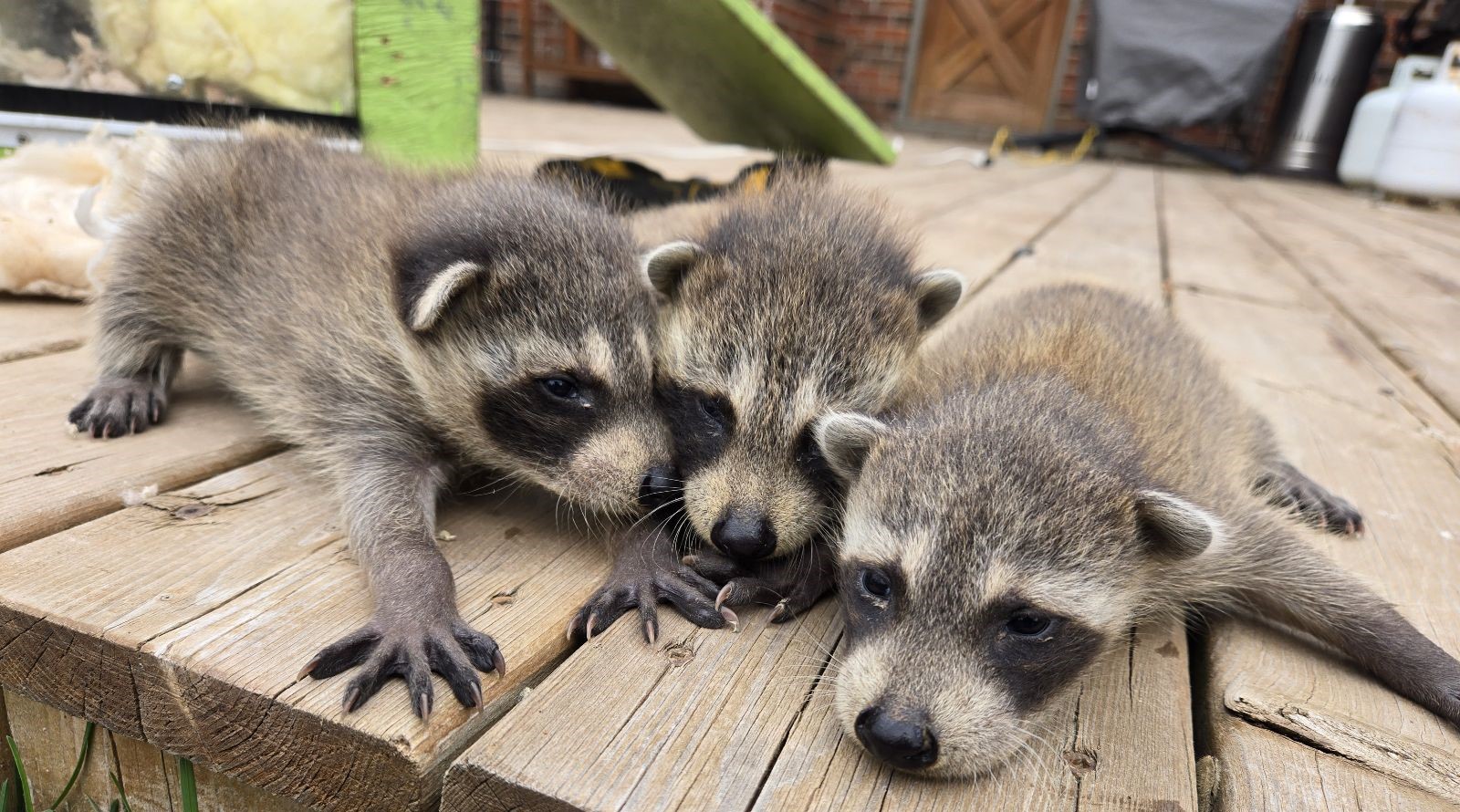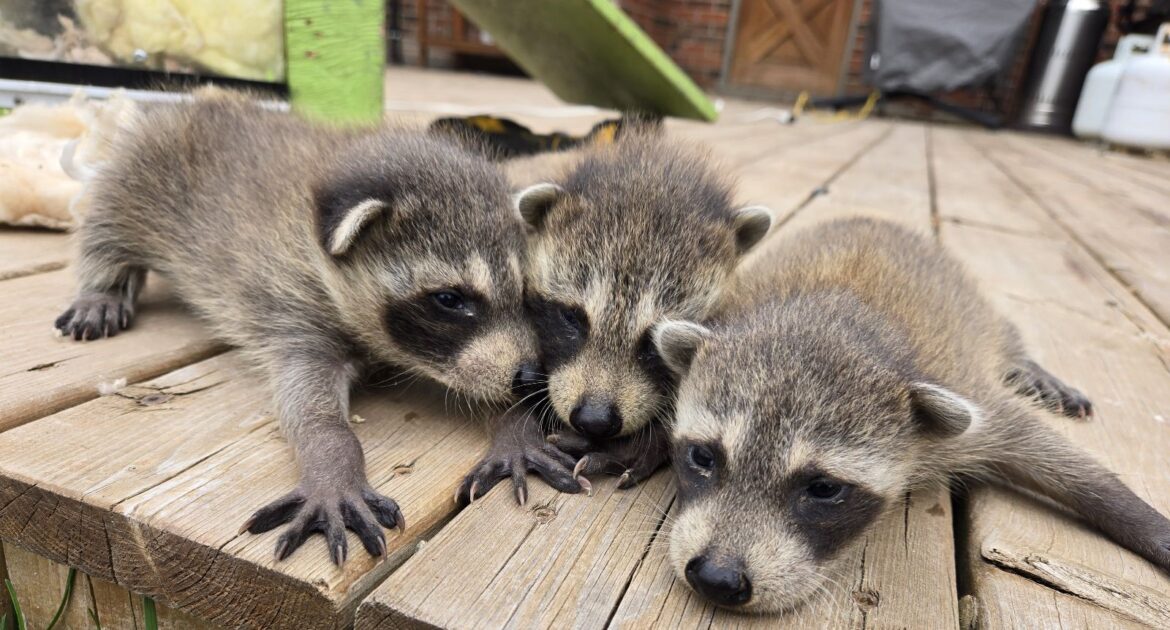Sharing your backyard with raccoons is something most homeowners in Toronto would rather avoid. These animals may look cute, but their behaviour can cause all kinds of headaches, from trash being strewn everywhere to damaged gardens and even unwanted entry into attics or sheds. Fortunately, Skedaddle Humane Wildlife Control in Toronto specializes in humane raccoon removal and prevention, ensuring your backyard stays peaceful and your property remains secure. Their expertise, paired with practical raccoon deterrent tips, can help you prevent raccoons from taking over your space.
Raccoons are drawn to backyards for three main reasons: food, shelter, and dark, safe hiding places. If you take steps to remove these temptations, you can keep raccoons out of your backyard and stop them from returning. Read on for actionable advice to transform your yard into a wildlife-free space while protecting your home and garden.
Secure Your Garbage Properly
One of the first things raccoons look for is your garbage. Trash bins filled with food scraps are basically an open invitation for animals to stop by. Protecting your garbage is an essential part of backyard raccoon prevention.
Here are ways to make your bins raccoon-proof:
- Choose Heavy-Duty Bins: Use plastic or metal bins with tight-fitting lids. Some bins come with built-in locking mechanisms that are designed to keep animals out.
- Use Bungee Cords or Straps: If your garbage bin doesn’t have a lock, you can secure the lid with a bungee cord or strap for added protection.
- Store Inside Overnight: Placing garbage bins in your garage or a locked shed, especially at night, keeps them off-limits to wildlife.
Additionally, take garbage out only on the day of collection instead of the night before. This small change can reduce raccoon activity in your yard.
Remove Other Food Sources
Garbage isn’t the only food source that attracts raccoons. Gardens, bird feeders, and even pet bowls can also make your backyard a hot spot for wildlife activity. If you’re serious about keeping raccoons out of your backyard, monitoring these overlooked areas is crucial.
Make a habit of bringing pet dishes inside as soon as your pet finishes eating, as even small crumbs can invite animals into your space. For bird feeders, consider raccoon-proof designs that are harder for them to access or clean up any spilled seeds to avoid making it an easy feeding ground. Gardens full of fruits and vegetables are also appealing to raccoons. Protecting them with mesh netting or small fencing can help discourage unwanted guests while preserving your plants.
Use Motion-Activated Lights
Raccoons prefer the cover of darkness, as it allows them to move around undetected. Installing motion-activated lights is a powerful way to deter them when they come into your yard. How do you use lighting to reduce raccoon activity?
- Focus on Key Areas: Place lights near garbage bins, gardens, or potential entry points to your home, such as decks and attics. Bright, unexpected light can shock raccoons and keep them from returning.
- Opt for Motion-Activated Lights: These lights are triggered by movement and will turn on right as raccoons approach, startling them and encouraging them to leave. They are energy-efficient since they only activate when necessary.
- Energy-Efficient Choices: LED lights are low-cost and long-lasting, making them a great option for any space. Solar-powered lights are another eco-friendly solution that’s easy to maintain.
The sudden brightness can make raccoons think twice about sticking around your property.
Install Motion-Activated Sprinklers
Motion-activated sprinklers are another highly effective raccoon deterrent that works without harming the animals. These systems detect movement and release a sudden burst of water, which startles raccoons and sends them scurrying away. Since it’s harmless, this method is both humane and practical.
Sprinklers can be positioned in areas like gardens, compost bins, or near garbage cans where raccoons are most likely to visit. Their range can be adjusted, allowing you to target specific zones to protect your property effectively. Many homeowners appreciate that motion-activated sprinklers serve a dual purpose by watering plants while deterring wildlife. This creates both a physical and psychological deterrent, making raccoons think twice before entering your backyard again.
Keep Your Yard Clean
A messy or overgrown backyard is the perfect hiding spot for raccoons. By keeping your yard tidy, you reduce the number of potential hideouts and discourage raccoons from settling down. Here are a few yard maintenance tips to prevent raccoon activity.
- Trim Bushes and Trees: Overgrown branches provide excellent climbing spots that can even lead to your roof or attic. Keeping branches well-trimmed removes access to these areas.
- Clear Debris: Piles of leaves, wood, or brush create dark, safe hiding places. Be sure to remove these as part of regular yard maintenance. Raccoons are less likely to linger in open, unprotected spaces.
- Close Open Spaces Under Decks: Raccoons often seek shelter underneath decks or sheds. Use wood or metal panels to block off these spaces. Aim for materials that are sturdy and difficult for raccoons to chew through or push aside.
Routine yard care not only helps keep raccoons away but also improves the overall look and usability of your property.
Close Off Shelter Opportunities
Raccoons are crafty animals that can squeeze through surprisingly small spaces to find shelter in attics, basements, or chimneys. Preventing entry is a vital step in backyard raccoon prevention. Here is how to seal potential entry points effectively.
- Patch Holes or Gaps: Inspect your home for any openings, such as damage to roof shingles, siding, or vents. Use durable materials like metal mesh to seal these areas securely. For added protection, regularly inspect these areas for new signs of damage.
- Upgrade Chimney Caps: Use raccoon-proof caps on chimneys to block animals from coming in while still allowing smoke to escape. Look for caps designed to withstand wildlife tampering.
- Close Openings Under Structures: Cover holes or gaps under elevated decks with secure materials to stop wildlife from sneaking in. Ensure the covers are firmly anchored to prevent displacement by larger animals.
Create Raccoon-Proof Fencing
Fencing can help keep raccoons out of your backyard, but it has to be built correctly. Since raccoons can climb and dig, a standard fence won’t always be effective without enhancements.
Tips for raccoon-proof fencing:
- Opt for Tall, Smooth Materials: A smooth fence with no footholds makes climbing difficult for raccoons. Materials like vinyl or metal are particularly effective since they don’t provide a surface for gripping.
- Add a Curved Top: A curved or overhanging top edge prevents them from easily scaling the fence. This design creates an additional obstacle, making climbing more effort than raccoons typically want to invest.
- Bury the Fencing: Extend your fence below ground level to block raccoons from digging their way in. Aim for about 12-24 inches of buried fencing to deter even the most determined animals.
Use Professional Help for Long-Term Results
While these raccoon deterrent tips can reduce the chances of raccoons visiting your yard, there’s no substitute for professional assistance when a raccoon problem has taken hold. We at Skedaddle Humane Wildlife Control specialize in humane solutions, including one-way doors, that ensure raccoons leave your property safely and don’t re-enter.
Professional services provide long-lasting results while respecting wildlife, making them the best choice when raccoons become bolder or harder to manage on your own.
Your Raccoon-Free Backyard Starts Here
Tired of dealing with backyard visitors you didn’t invite? Using these raccoon deterrent tips is the first step to turning your yard into a raccoon-free space. From securing garbage bins to tidying up your yard, these changes help keep raccoons out of your backyard while protecting your property and garden.
If raccoons have made their way into parts of your home or yard, rely on the experts at Skedaddle Humane Wildlife Control in Toronto. They use humane methods like one-way doors to ensure these animals leave for good. Request an estimate today and take back control of your backyard!




